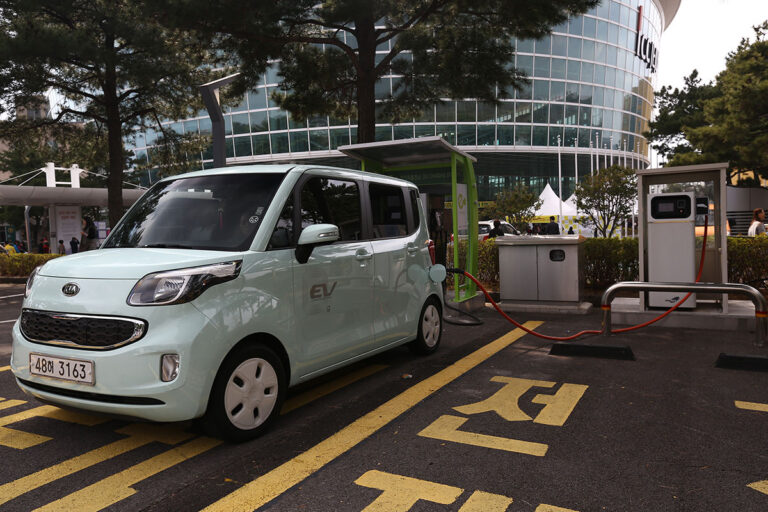Saudi Arabia’s ambitious Vision 2030 aims to diversify its economy and reduce reliance on oil. With competitiveness emerging as a key strategy, a KAPSARC-led team has now developed a comprehensive framework to enhance the country’s international competitiveness.1
By 2030, the Kingdom aims to boost its international competitiveness and expand the share of non-oil exports in non-oil gross domestic product to 50%, but there are key milestones to achieve these goals.
“The first milestone is economic diversification, which implies reducing reliance on oil while developing non-oil sectors such as tourism, manufacturing, and technology,” says Fakhri Hasanov, the energy macro & microeconomist at KAPSARC who led the study. “The second one involves creating a more business-friendly environment through reforms that will attract foreign direct investments. While the third one is expanding non-oil exports, which requires improving productivity to boost competitiveness,” Hasanov says.
Evaluating and monitoring the Saudi real effective exchange rate (REER)—a widely used measure of external competitiveness that captures domestic and global price changes—can support policymakers to better understand the factors influencing competitiveness and guide their decision-making.
There are several studies on the Saudi REER, but they tend to be general and lack a detailed framework tailored to the country’s economic structure and Vision 2030 goals.
Enhanced competitiveness can lead to greater market share and stability as well as influence global energy prices.
Fakhri Hasanov
Now, Hasanov and Noha Razek, from the University of Regina, Canada, have developed a two-stage framework that enables an in-depth, country-specific analysis of REER drivers and links them to other important indicators including public investments and the Kingdom’s Vision 2030.
Building on earlier studies, the framework provides more robust estimates and expands existing REER models through use of additional driving factors. The team determined the REER equation to estimate the competitiveness pathway and incorporated the equation into the KAPSARC Global Energy Macroeconometric Model (KGEMM). KGEMM is an energy and emissions sectors augmented macroeconometric model that can simulate how theoretical and country-specific factors, such as public investments, non-oil sector productivity, and long-term policy scenarios, affect Saudi Arabia’s international competitiveness as measured by REER.
The researchers identified, through their empirical analysis, productivity growth in the non-oil sector as the primary driver of the Kingdom’s international competitiveness and, therefore, the key to meet its Vision 2030 goals.
They also recommended substituting imports with locally produced goods and services. “This means that more money will stay in the country. This can increase domestic investments and consumption, which will boost economic activities,” Hasanov says.
Continuously managing REER misalignments was found by the team to be crucial to ensure that currency appreciation/depreciation did not cause actual REER to exceed equilibrium levels, thus safeguarding competitiveness. The scenario analysis demonstrated that increasing public investment was a promising initiative for boosting non-oil sector productivity and, consequently, international competitiveness.
Reference
Hasanov, F.J. and Razek, N. Oil and non-oil determinants of Saudi Arabia’s international competitiveness: historical analysis and policy simulations. Sustainability, 15, 9011, 2023. | Article




